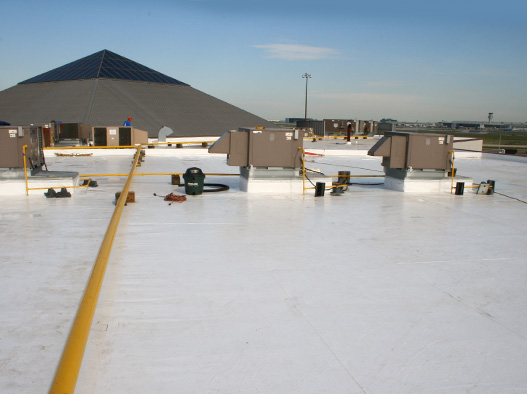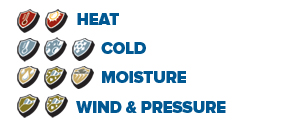BUILDING CODES AND BEYOND.
Building practices and building codes should naturally go hand in hand. The fact is that sometimes the industry itself directly influences the building codes before the codes themselves become standard. For example, water will pond on flat lumber roofs due to the sagging of the lumber itself. Lumber structures with slope eventually became code several decades ago. Canadian Tire started incorporating a slope into their structural steel buildings in the 90's entirely on their own, yet it took 40 years for a slope within structural steel to become code. Needless to say, it takes years to create standards within the industry. Developing building codes, which only represent the bare minimum necessary within the industry they represent, is a very slow and laborious process due to intensive building studies and relentless government approvals. The science of having a self-drying building envelope will take an indefinite amount of time to become standard building code. We know the science, so why not implement it with our roofs? By following this practice of going beyond the bare minimum, the whole idea of sustainability makes sense whether it's standard building code or not. If a roof system is designed to be replaced every 15 years, this consumes a lot of energy and money. In sustainable building practice, the roof is designed to last beyond 15 years. At the end of the service life of the roof, only waterproofing needs replacing and the existing waterproofing can be recycled. All the building components within the building will stay healthy indefinitely, saving energy and money. We're certain this practice will become building code eventually. In the time being, both our clientele and us are happy going beyond the code.
 By following the practice of going beyond the bare minimum, sustainability makes sense whether it's standard building code or not.
By following the practice of going beyond the bare minimum, sustainability makes sense whether it's standard building code or not.



